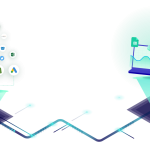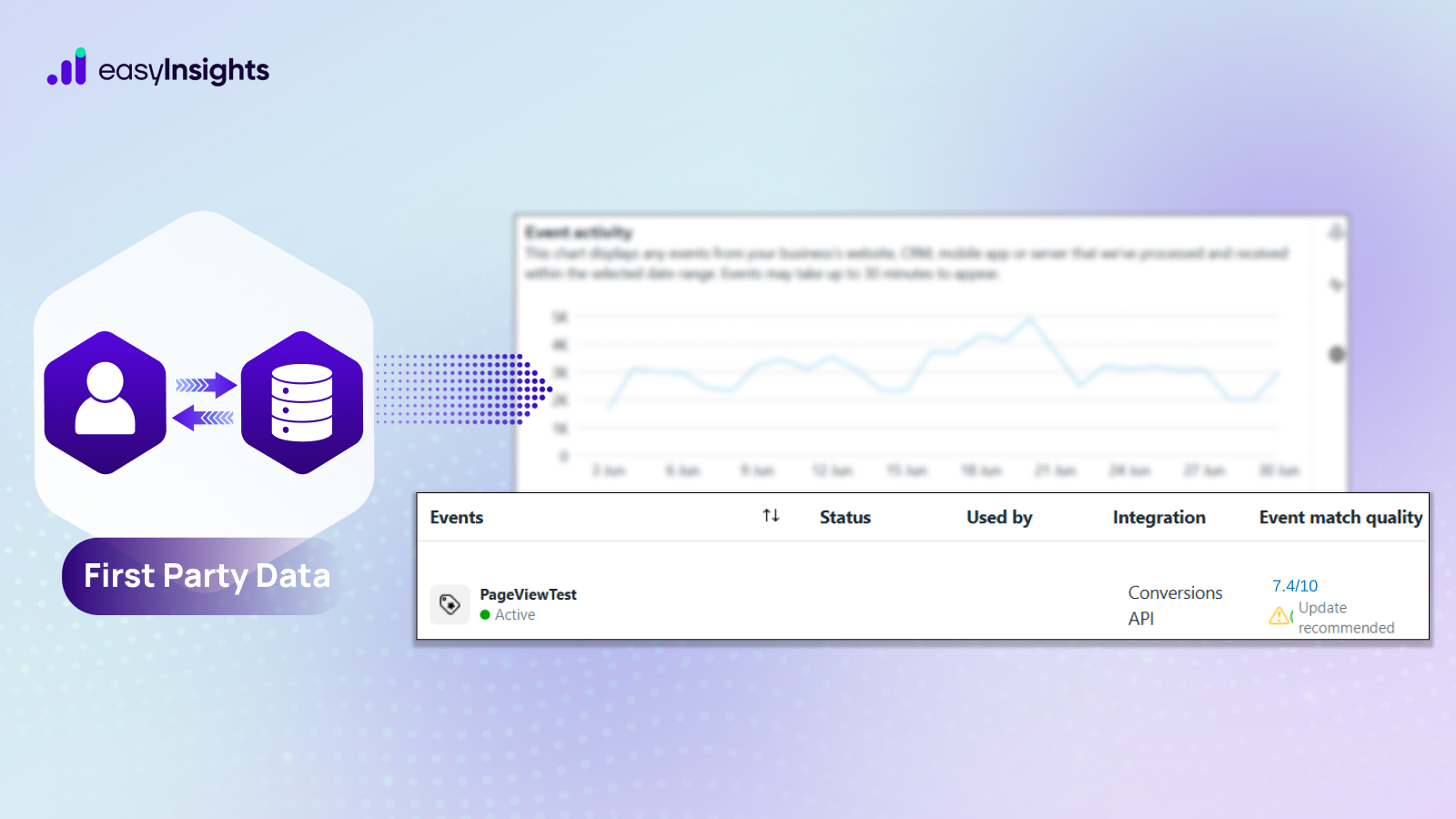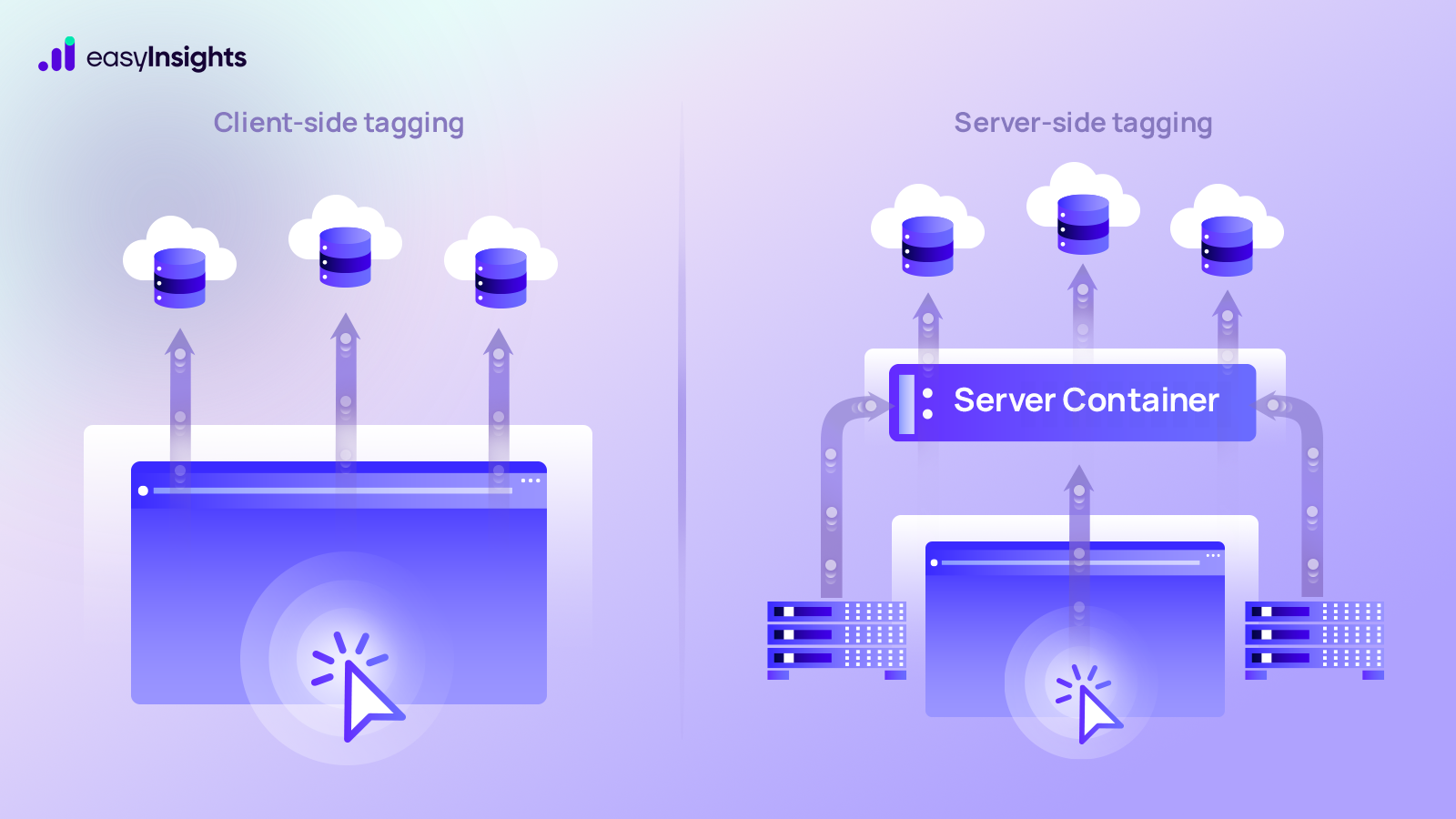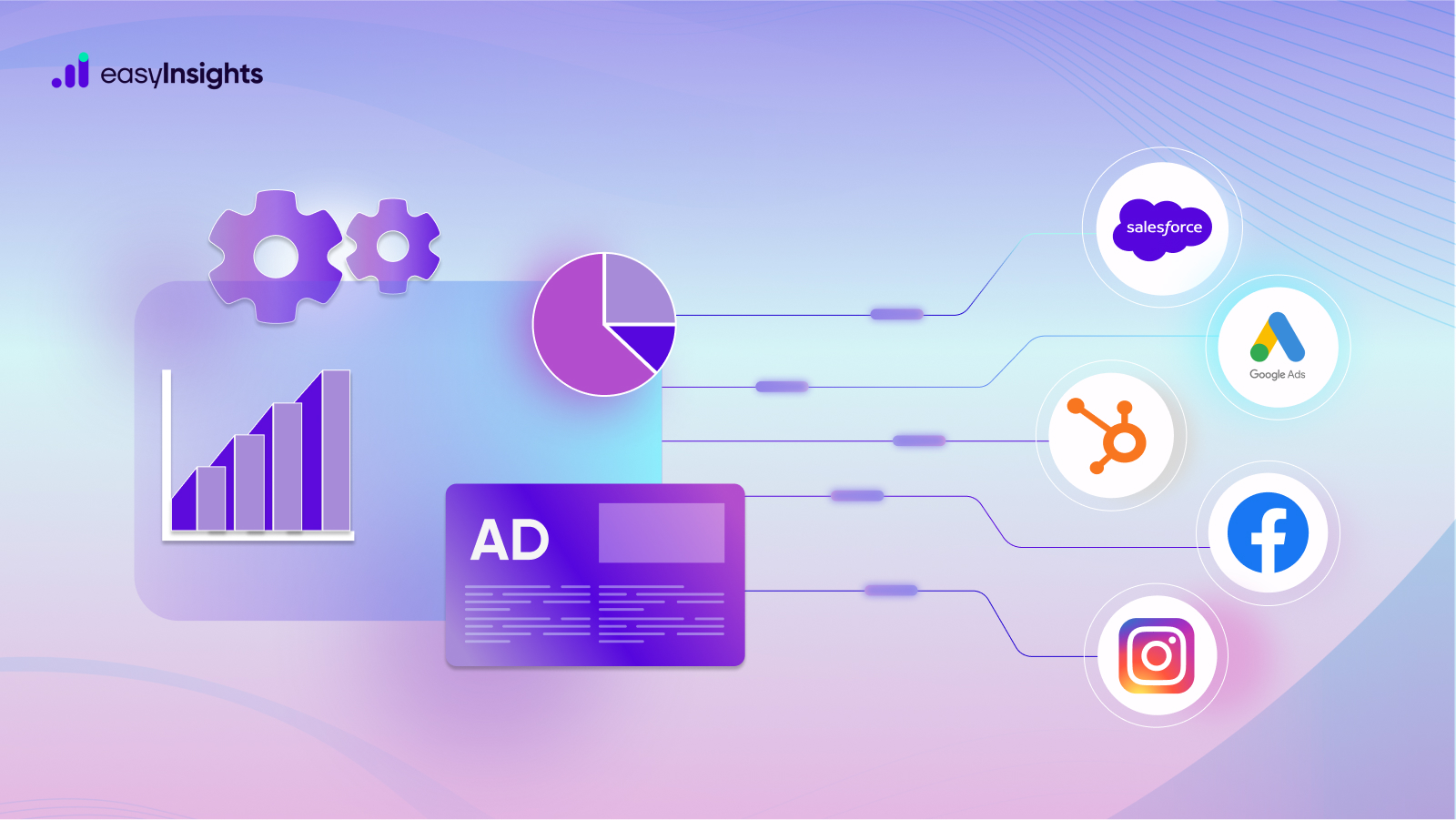
Jump ahead to:
What is an ETL tool?
ETL, or extract, transform and load tools, are widely used by companies to bring together data from different sources onto a centralised database. The combined information can be easily accessed and analysed to extract meaningful insights that help businesses make smarter decisions driven by data output. This process is also known as data stitching.
Click here to learn about “Data Stitching Explained: 3 Powerful Use Cases of Stitching Data at the User-Level”.
The execution of the ETL tools is a three-step process:

- Extract
The data is first extracted from different sources and formats. For example, acquiring unstructured data from online sources such as emails, images, applications, and structured databases.
- Transform
Here, the extracted raw data is cleaned and sorted. It is transformed into a standardised format that can be stored in a database and be used meaningfully in the next stage. Cleaning involves weeding out incomplete, erroneous, and overlapping data.
- Load
Here, the structured and formatted data is loaded onto a centralised database. The ETL tools bring the data together onto a common platform in a usable format to draw insights. This data enables organisations and managers to make smart business decisions.
Applications of ETL Tools
- Data warehousing
A data warehouse is a comprehensive database where data from different sources is brought together and analysed for business decisions. ETL tools are often used to move data to a data warehouse.
- Machine Learning and Artificial Intelligence
Machine learning (ML) is a concept where intelligent insights are drawn from data without explicit programming. The Machine Learning system, over a period, learns to predict outcomes from data using Artificial Intelligence (AI) techniques. The ETL tools migrate the formatted data onto a single platform for AI-ML use.
- Marketing data integration
Marketing data integration involves moving all your marketing data, such as customer data and analytics, from online sources like social media onto a single platform. The marketing teams can use this to extract meaningful insights and marketing strategies. The ETL tools are used to combine and prepare marketing data.
- IoT data integration
The IoT (Internet of Things) technology enables various devices such as home chatbots, phones, servers, personal devices, implants, and so on, to capture and organise data using sensors. The ETL tools gather data from multiple IoT devices onto a single platform.
- Data replication
The ETL tools replicate data from databases like Cloud SQL, Oracle, Microsoft SQL, and so on and deposit it onto a cloud data warehouse. This can be a one-time replication or an ongoing process.
- Cloud migration
Most organisations are seeking ways to migrate their data and applications from their servers to the Cloud. Storing on the Cloud saves money, ensures better data security, and can be scaled easily. The ETL tools help in executing such data migrations.
When should you purchase an ETL tool?
If you run an e-commerce business, you must be processing large amounts of data every day. As your business grows, so will your data pipeline. Once a business crosses a certain threshold, about 5,000 transactions per day, the data pipeline requires an automated tool to integrate disparate data points.
For example, you may have payment data in PayPal, marketing data from Facebook, sales funnel data from Hubspot, and insights from Google Analytics. It is a challenging task to process all this data from separate sources by extracting, formatting, and analysing to make informed decisions. It is time-consuming and not very efficient.
The ETL tools automate this data integration process for you. With intelligent actionable data insights using ETL tools that manage the data for you, you will be free to build your business, improve sales, increase leads and expand your reach in the market.
Why look for alternatives to ETL?
Even though ETL is widely used, there are certain disadvantages to ETL tools, like limited flexibility in changing input sources or data formats. The ETL data transformation can also be a time-consuming process. The ETL tools require timely maintenance for updates due to changes in input sources. The ETL tools are also expensive due to the data structuring necessary for transformation in the initial stage.
The ELT data stitching model
An alternative data stitching approach to ETL is the ELT (extract, load, and transform) method. While ETL transforms data before loading, ELT transforms data only after loading it to a common data warehouse.

There has been a considerable shift from ETL to ELT solutions due to the increased use of unstructured data and the low cost of cloud-based storage systems. The ETL method is slow in processing unstructured data like images, videos, and sounds. The solution to this problem can be the ELT approach, which first loads data onto storage systems and then transforms it as per your need.
The ELT method is a scalable data stitching option to handle data that will increase as your business expands. To accommodate the high data flow, you can upgrade the cloud storage quickly. There is no need to rework the ETL framework with data variations.








